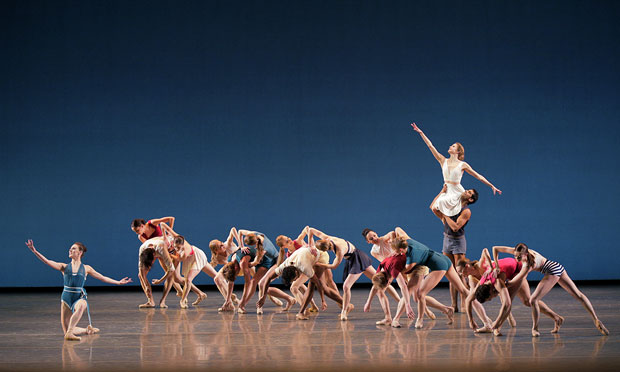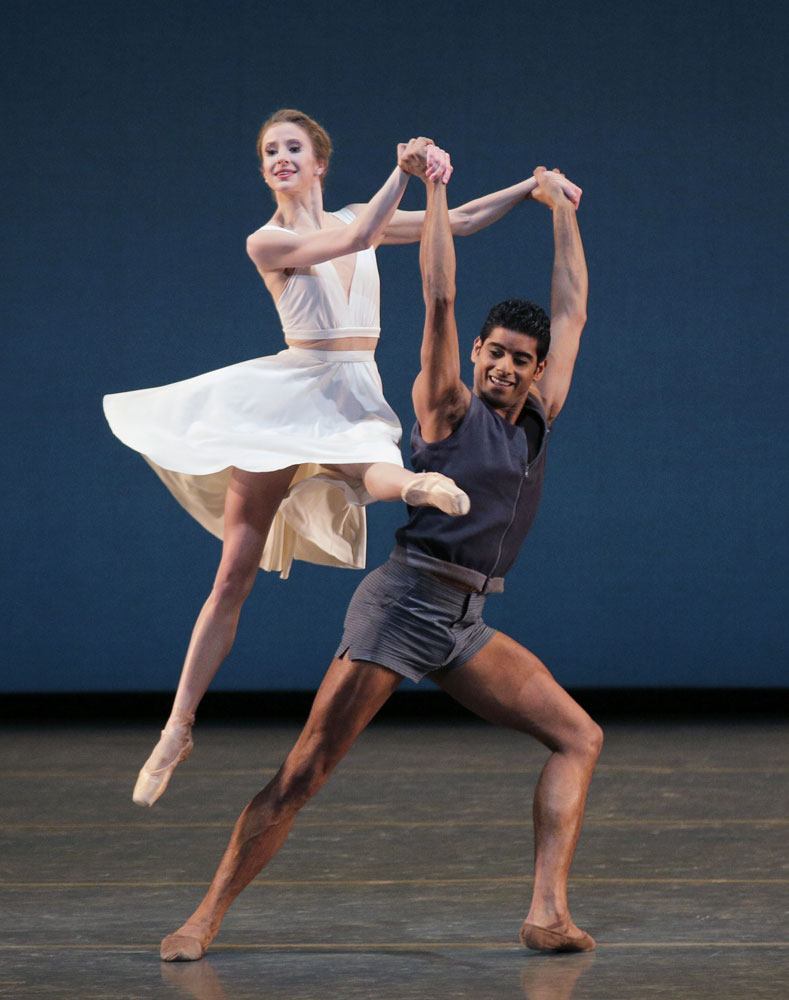by Sedgwick Clark
In his “New York Chronicle” music column for the April issue of The New Criterion, my friend and colleague Jay Nordlinger writes about a concert by Amsterdam’s Royal Concertgebouw Orchestra that we both attended on February 13 at Carnegie Hall. At one point he notes that some audience members applauded between movements of the two works performed. “This was not especially annoying. The shushing of them by others—harsh, petty, self-righteous shushing—was.” Being one of those shushers, I’d like to have my say.
Honestly, I can’t help it—it’s like a doctor’s tap on my knee. Shushing escapes my lips the moment someone applauds between movements. My brows knit, my teeth clench, and my head turns accusingly toward the offending clappers. The artists onstage have poured out their hearts to transport us to the composer’s world, but the applause destroys our concentration, breaks the spell. Wait for the conclusion of the work to register your approval, I believe, and you will be far more satisfied than if you dissipate it too soon. In a great performance, premature applause is like a knife in the heart, no less than unchecked hacking or a beeping cell phone. (In the latter regard, I recall a Philharmonic matinee at which a woman answered her phone to say, “I’m at a concert and can’t talk now.”) One music-loving friend has sworn off live concerts completely in favor of his recordings, unable to tolerate “piggish audiences who have no respect for the composers, artists, or fellow listeners.”
Recording engineer Seth Winner, who has worked on resuscitating NBC Symphony/Toscanini broadcasts, reports that applause between movements was diminishing in the 1930s but actively frowned upon in earnest when the orchestra went to an hour-long format in 1941 because it threw off the timings of the program. By the time I began going to concerts, nearly 45 years ago, applause between movements was essentially non-existent, and conductors would hold up an arm for silence.
Many of those concerned about the future of classical-music concerts believe that the younger set is alienated by such concert decorum. If people want to applaud between movements, let them, they say. Times change, and there’s no reason for acceptable concert decorum not to make adjustments as well. The late music critic Alan Rich wrote in New York magazine in the 1970s of the sneering glances of Met Opera patrons when he wore jeans to an opening. Nowadays, a man in a tux or tails at a Met opening is the exception.
As in every activity in life, however, there are rules and boundaries so that communal activities may be enjoyed by the majority. Hence, the pre-performance announcements about turning off cell phones before concerts and movies, not taking photos, or otherwise fiddling with technical doodads that might distract your neighbor’s attention from the music or screen. If I’ve been “harsh, petty, self-righteous” in my imprecations, Jay, I’ll attempt to be less so in my shushing lest I turn into my friend who has forsaken the concert hall.
Looking Forward
My week’s scheduled concerts (8:00 p.m. unless otherwise noted):
3/22 at 7:30. Carnegie Hall. Jeremy Denk, piano. Bartók: Piano Sonata. Liszt: “Weinen, Klagen, Sorgen, Zagen” Prelude after J.S. Bach, S. 179; Sonetto 123 del Petrarca from Années de pèlerinage, Deuxième année; Après une lecture du Dante, fantasia quasi sonata; Isoldes Liebestod from Wagner’s Tristan und Isolde. J.S. Bach: Prelude and Fugue in B minor from The Well-Tempered Clavier, Book I, BWV 869. Beethoven: Piano Sonata No. 32 in C minor, Op. 111.
3/27 at 7:30. Avery Fisher Hall. Los Angeles Philharmonic/Gustavo Dudamel. Peter Sellars, director. Los Angeles Master Chorale/Grant Gershon. Kelly O’Connor (Mary Magdalene), Tamara Mumford (Martha), Russell Thomas (Lazarus). John Adams: The Gospel According to the Other Mary.
3/28 Avery Fisher Hall. Los Angeles Philharmonic/Gustavo Dudamel. Vivier: Zipangu. Debussy: La Mer. Stravinsky: The Firebird (complete ballet).





